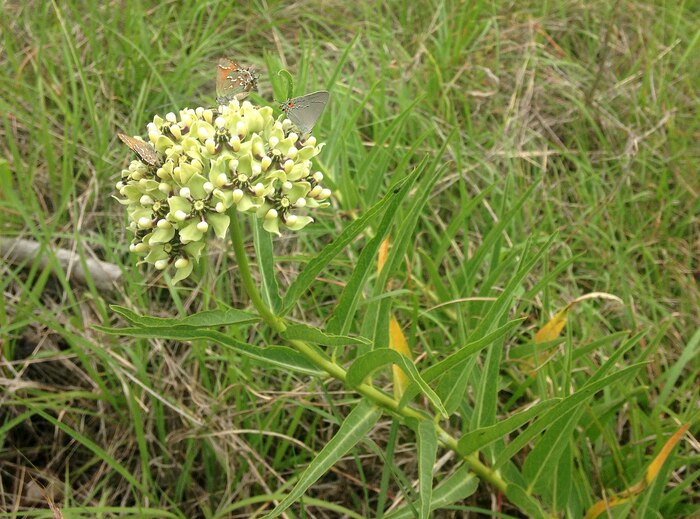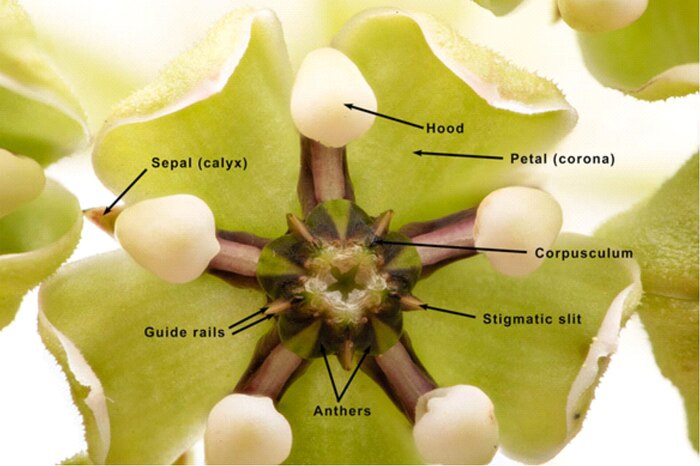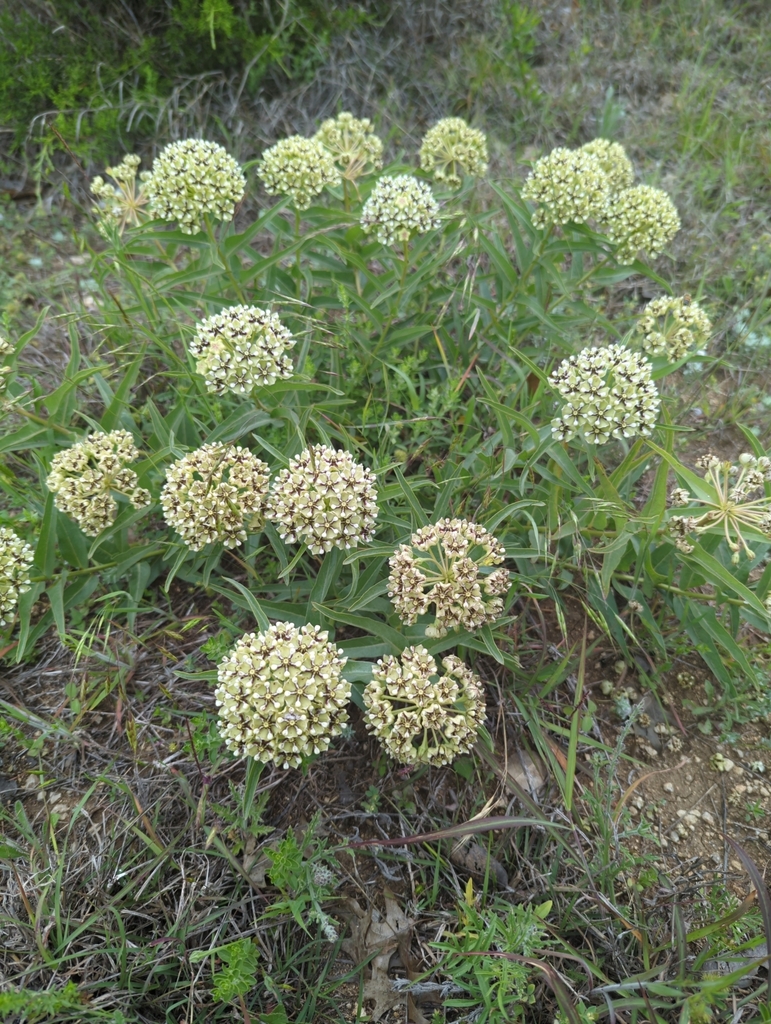Asclepias asperula, commonly known as antelope horns milkweed or spider milkweed, is a fascinating perennial plant native to the southwestern United States and northern Mexico. This species of milkweed belongs to the Asclepias genus and is a vital part of the ecosystem, offering important ecological and medicinal benefits. Whether you’re a horticulturist, nature enthusiast, or interested in sustainable gardening practices, understanding the biology, ecology, and cultivation of Asclepias asperula is essential.

Asclepias asperula grows as a perennial herb, reaching a height between 0.3 and 0.9 meters (1 to 3 feet). It is easily recognizable by its clustered green-yellow flowers adorned with red-brown highlights. The name "antelope horns" comes from the plant’s distinct seed pods that resemble antelope horns or spiraled, curled structures. The flowers bloom between April and June, attracting numerous pollinators.
The plant features opposite, lance-shaped leaves that are typically green, with a slightly hairy texture. The flowers, however, are the most striking feature—arranged in a spherical cluster (technically called an umbel) resembling small green, purple, and white balls. Each flower has five delicate green petals surrounding a set of five prominent white hoods that store nectar, essential for attracting pollinators.
Asclepias asperula plays a pivotal role in pollination ecology, particularly for species such as the Monarch butterfly (Danaus plexippus) and Queen butterfly (Danaus gilippus). The plant's nectar is a primary food source for the larvae of these butterflies. Asclepias asperula, like other species in the Asclepias genus, produces cardenolides (toxic compounds), which are stored in the bodies of caterpillars that feed on the plant. These toxins make the butterflies distasteful and poisonous to predators, providing a defensive mechanism against predation.
In addition to Monarchs and Queen butterflies, Asclepias asperula serves as a host plant for the larvae of other insects such as robber flies and tiger moths. Its importance in maintaining a healthy pollinator population cannot be overstated, making it a critical species for biodiversity.
The pollination process of Asclepias asperula is an intricate dance between the plant and its insect visitors. The flowers of this species are specifically adapted to attract pollinators like bees, butterflies, and moths. As insects land on the flowers to feed on nectar, their legs get entangled in the flower’s pollen sacs. This action helps transfer pollen from one flower to another, facilitating cross-pollination.

Unlike many plants, Asclepias asperula does not self-pollinate; instead, it depends on these pollinators to transfer pollen between flowers. The flower's specialized mechanism for pollen dispersal involves an intricate arrangement of pollen sacs and nectar storage hoods, ensuring that the insect visitors play a direct role in the reproductive cycle of the plant.
Asclepias asperula is drought-tolerant and thrives in arid, well-draining soils. It prefers regions with full sun exposure and can be found naturally in prairies, open fields, and rocky outcrops. If you're looking to cultivate this stunning plant, keep in mind that it grows best in sandy or rocky soils with good drainage. Avoid over-watering, as this can cause root rot.
In terms of container planting, this species has a deep taproot, making it difficult to grow in shallow containers. If you choose to plant it in a pot, ensure it has enough depth for the root system to establish. This plant is best suited for xeriscaping—a landscaping approach that conserves water by using drought-resistant plants.
It is important to note that Asclepias asperula contains cardenolides, which are toxic to many animals, including humans, if ingested in large quantities. The plant’s milky sap is also irritating to the skin and can cause rashes or discomfort in sensitive individuals. Caution should be exercised when handling this plant, particularly in areas where pets or small children may have access to it.

While the plant is toxic to some animals, it has evolved to benefit the species that are adapted to its toxins. For instance, the Monarch butterfly larvae can feed on Asclepias asperula without ill effects, as they have developed resistance to its toxins.
Although it is primarily known for its ecological significance, Asclepias asperula has also been historically used in traditional medicine. Indigenous cultures utilized various parts of the plant for respiratory conditions and as a mild laxative. However, due to the plant’s toxic nature, its medicinal use should be approached with caution and only under the guidance of a qualified healthcare professional.
Asclepias asperula, or antelope horns milkweed, is a remarkable plant that plays a crucial role in its ecosystem by supporting pollinator populations like Monarch butterflies. Its striking appearance, unique flower structure, and ecological importance make it a fascinating subject for study and a valuable addition to native plant gardens. However, due to its toxicity, care should be taken when handling this plant, especially in areas with pets and children.
Whether you are a gardener, entomologist, or conservationist, Asclepias asperula represents an essential link in the food web and provides numerous benefits, both ecological and aesthetic. With its beauty, resilience, and ecological value, this species is truly a plant worth appreciating and preserving.
Monarch Butterfly Conservation, "Milkweed and Monarchs: A Lifeline," Monarch Butterfly Fund, accessed February 2025.
USDA Plants Database, "Asclepias asperula," United States Department of Agriculture, accessed February 2025.
Larkin, H. L., & Fisher, J. (2002). "Ecology and Pollination of Milkweed Species," Botanical Journal of the Southwest, 56(3), 112-123.
animal tags: Apocynaceae
We created this article in conjunction with AI technology, then made sure it was fact-checked and edited by a Animals Top editor.